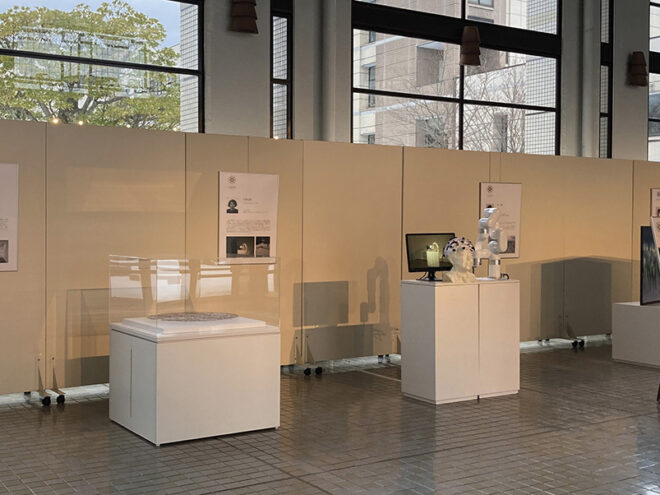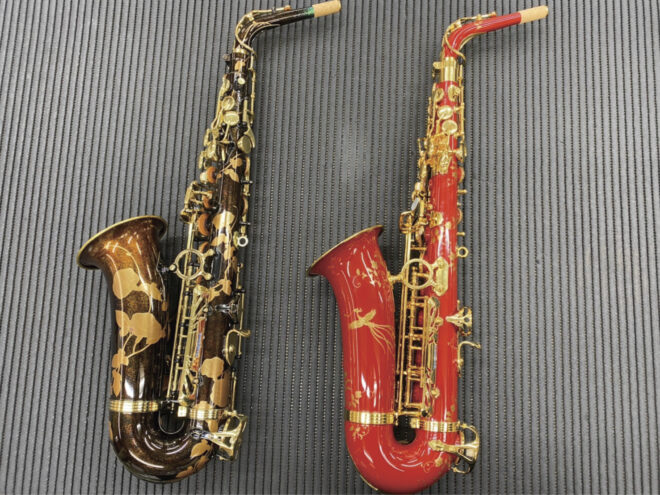The “Research Center for Idling Brain Science” led by Professor Kaoru Inokuchi of the Faculty of Medicine and the “Research Center for Cultural Property Conservation and New Creative Technologies (also known as GIGEIIN)” of the Faculty of Art and Design presented the results of their collaborative project at the Takaoka and Sugitani campuses.
This project started when GIGEIIN applied and was selected for the “First Research (Creative) Grant” for 2020. The four young faculty members of the Faculty of Art and Design have been preparing for this project since the previous year under the theme of “creating artworks that represent the relationship between science and art”. The project began with the application for the exhibition. The project began the previous year with the theme of “creating works of art that represent the relationship between science and art”. As the most fundamental and mystifying aspect of human existence, the brain (which continues to be an enigma to us) is the source of our existence. The project is an attempt to represent a form that can be created from the inspiration of each artist.
The term “idling brain” refers to the state of the brain when an individual is resting or sleeping. A series
of studies by Professor Inokuchi on brain functions has clarified that when a major discovery or new creation is made, the idle brain plays an important role in obtaining key inspiration during times other
than those spent contemplating on the problem to be solved.
Till the present, there has been negligible awareness of the connection between art and science.
Although science and technology have established modern values, these share a similar eternal theme of human existence that should be elucidated for mankind. In this context, Science, Technology, Engineering, Art, and Mathematics (STEAM) education is likely to become increasingly important at the University of Toyama, which nurtures human resources for the next generation.
The effect of art is to bring enjoyment and comfort to human lives, and consider entities from various perspectives and indicate the future values and direction of the society. We consider that art and cutting-edge science would mutually stimulate each other and that new research and creative endeavors would emerge from such opportunities.
GIGEIIN > Other Topics > Collaboration project between the University of Toyama Faculty of Medicine and GIGEIIN Director of GIGEIIN, Satoru Hayashi










